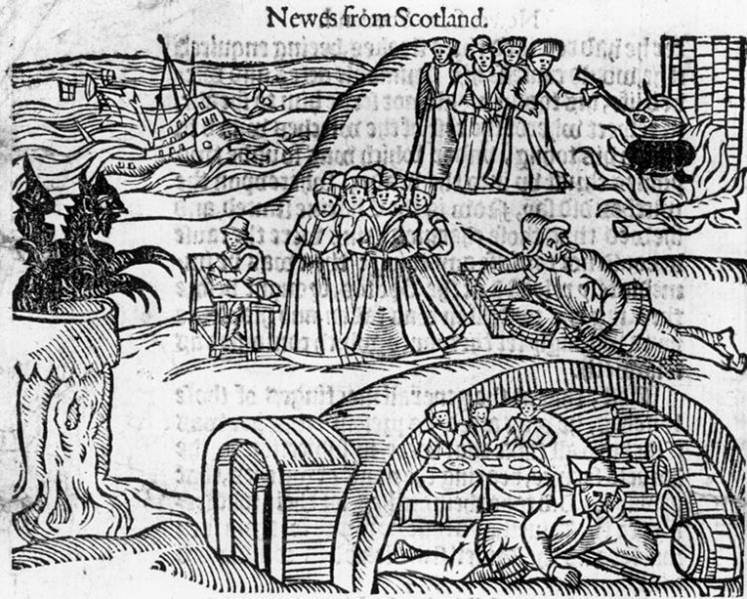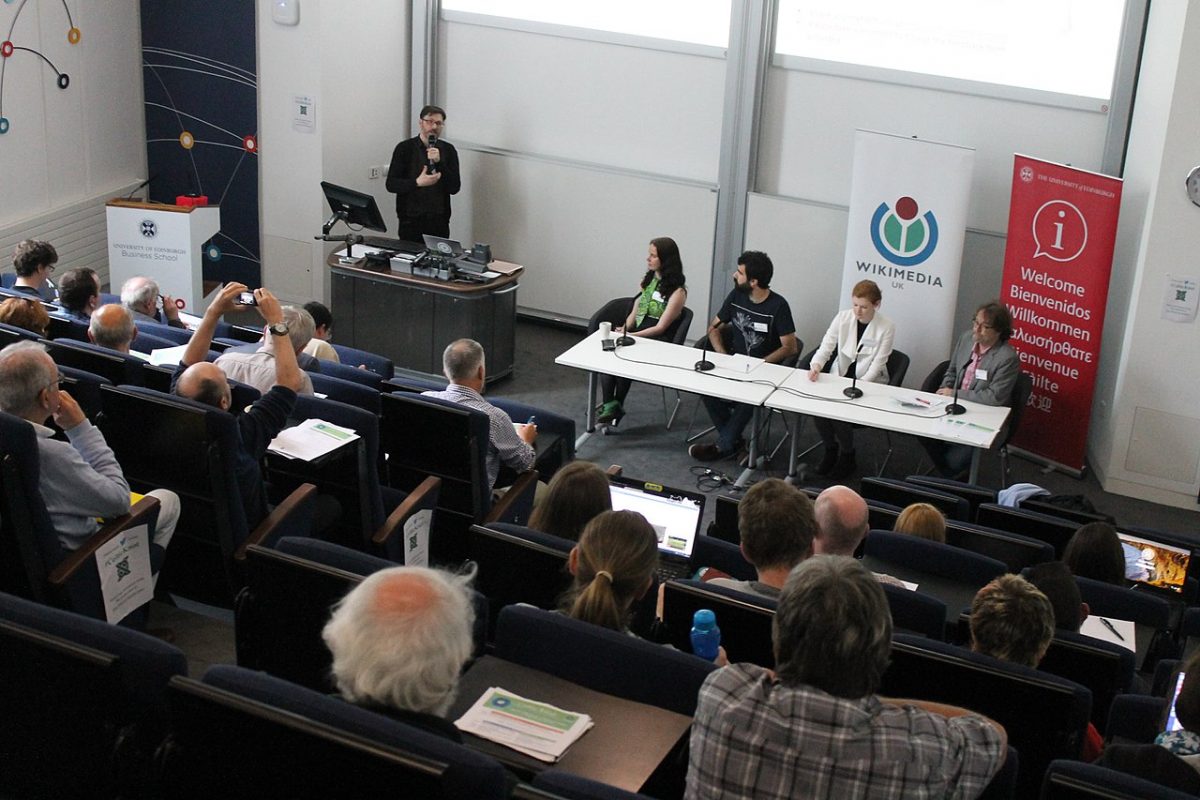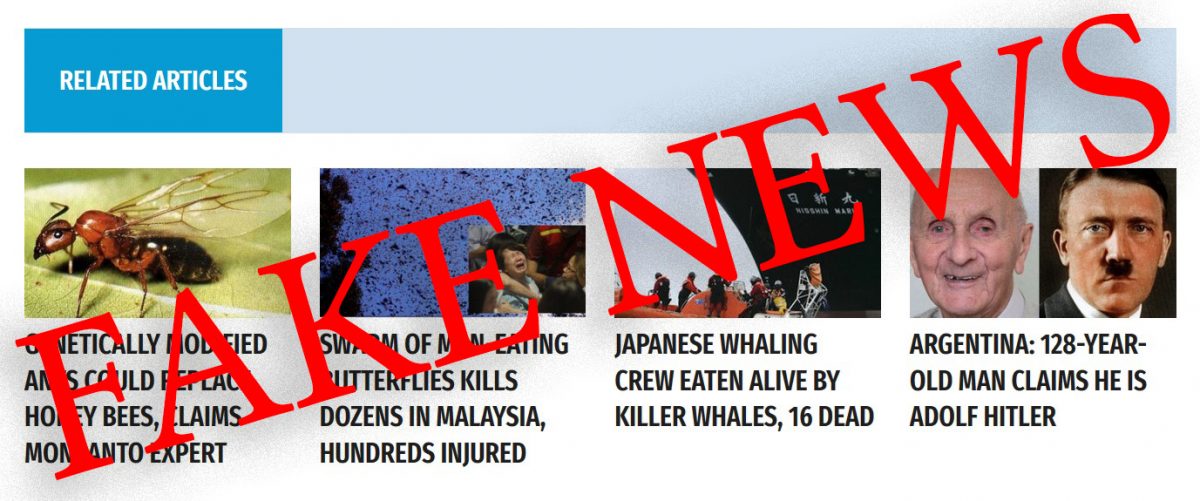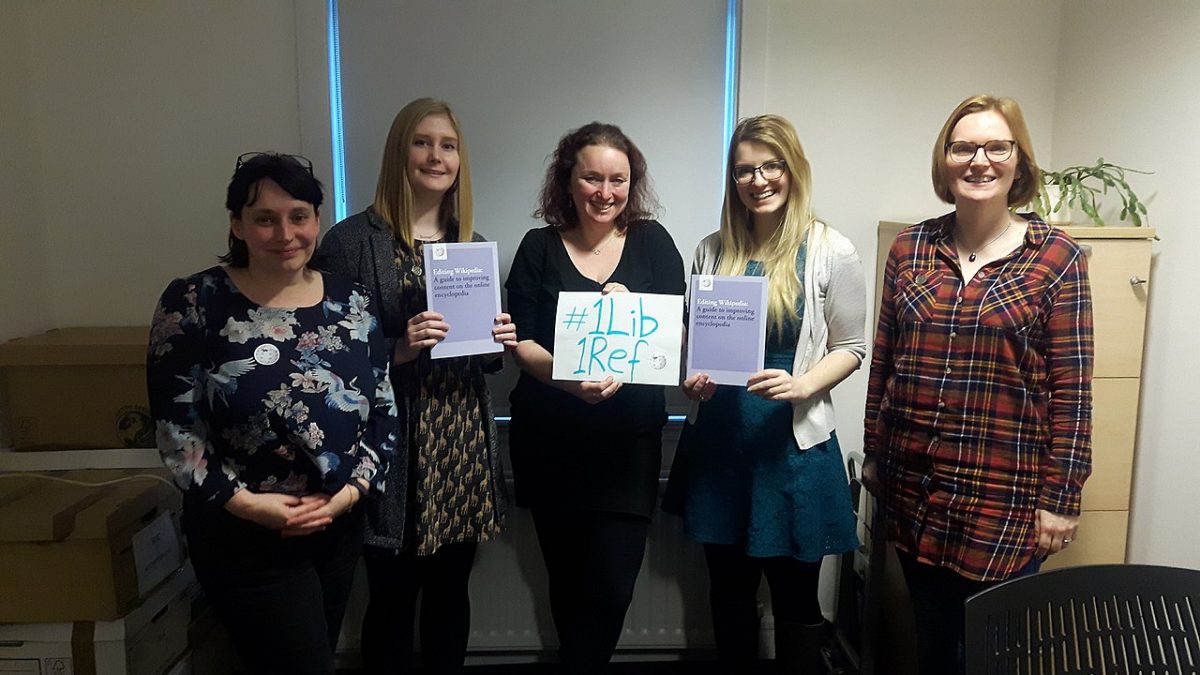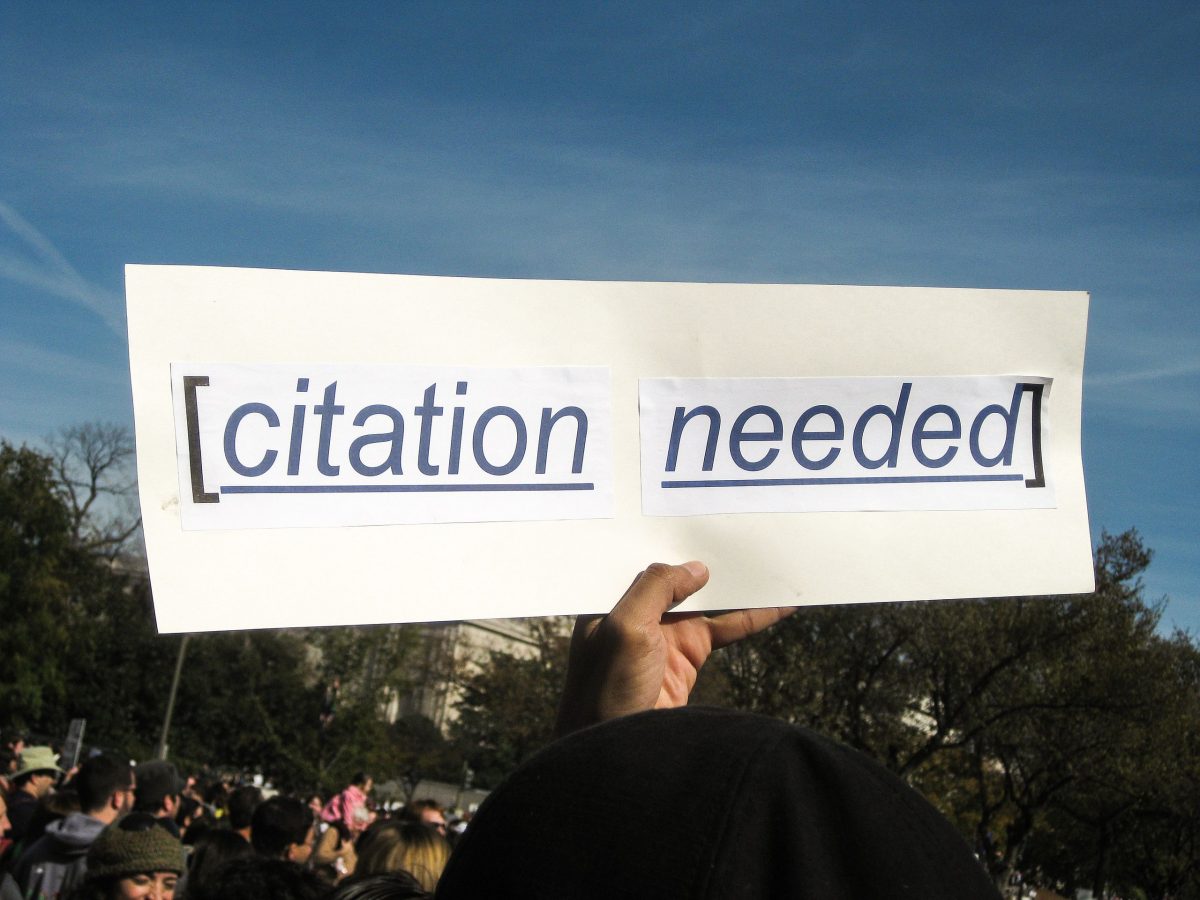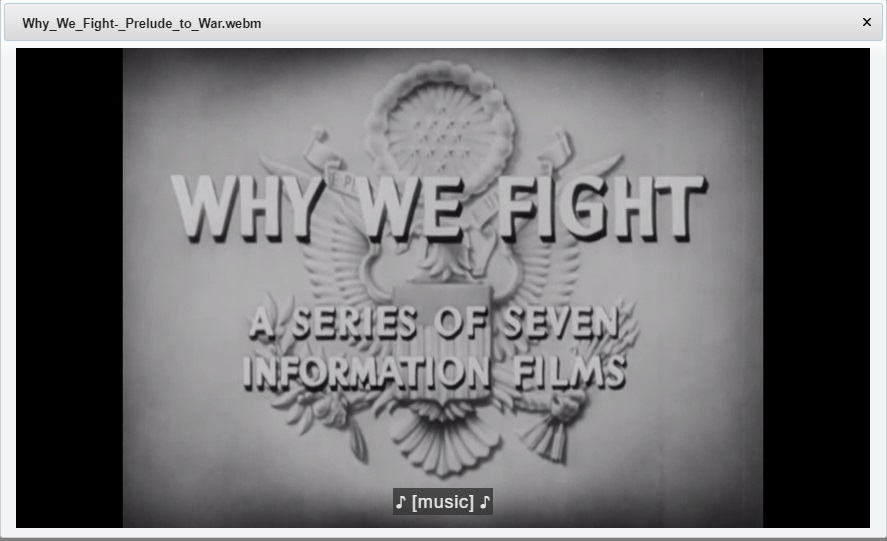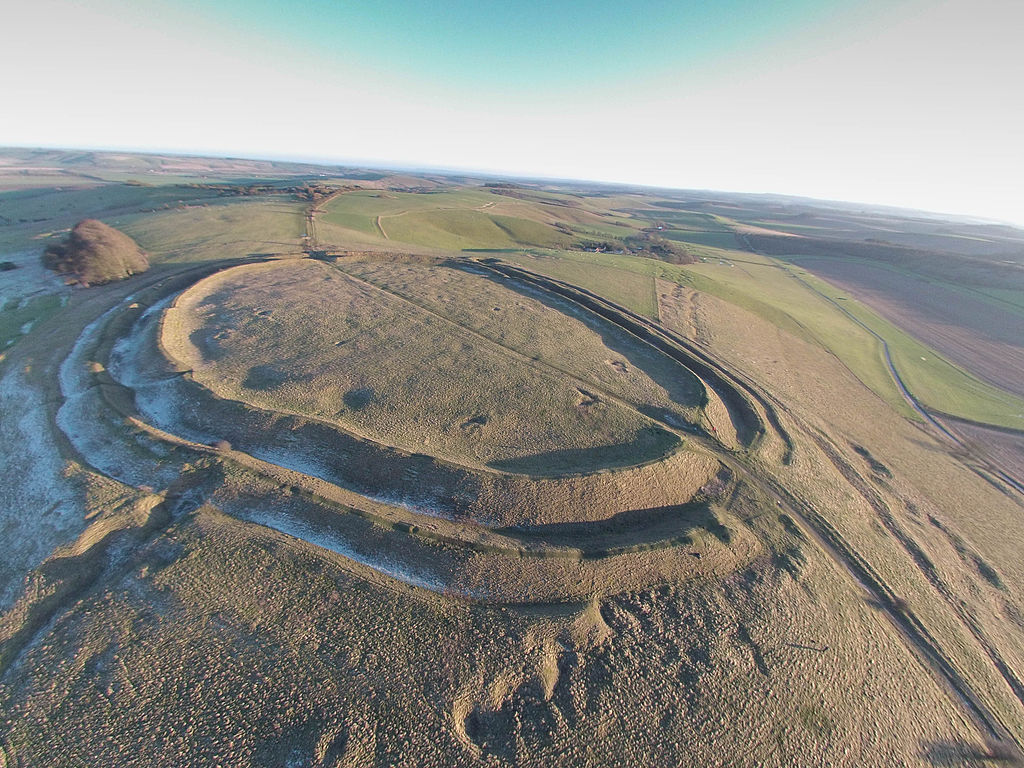
By Ewan McAndrew, Wikimedian in Residence at the University of Edinburgh
The first Wikidata in the Classroom assignment at the University of Edinburgh took place last semester on the Data Science for Design MSc course. Two groups of students worked on a project to import the Survey of Scottish Witchcraft database into Wikidata to see what possibilities surfacing this data as structured linked open data could achieve.
Meeting the information & data literacy needs of our students
The Edinburgh and South East Scotland City Region has recently secured a £1.1bn City Region deal from the UK and Scottish Governments. Out of this amount, the University of Edinburgh will receive in the region of £300 million towards making Edinburgh the ‘data capital of Europe’ through developing data-driven innovation. Data “has the potential to transform public and private organisations and drive developments that improve lives.” More specifically, the university is being trusted with the responsibility of delivering a data-literate workforce of 100,000 young people over the next ten years; a workforce equipped with the data skills necessary to meet the needs of Scotland’s growing digital economy.
The implementation of Wikidata in the curriculum therefore presents a massive opportunity for educators, researchers and data scientists alike; not least in honouring the university’s commitment to the “creating, curating & dissemination of open knowledge”. A Wikidata assignment allows students to develop their understanding of, and engagement with, issues such as: data completeness; data ethics; digital provenance; data analysis; data processing; as well as making practical use of a raft of tools and data visualisations. The fact that Wikidata is also linked open data means that students can help connect to and leverage from a variety of other datasets in multiple languages; helping to fuel discovery through exploring the direct and indirect relationships at play in this semantic web of knowledge. This real-world application of teaching and learning enables insights in a variety of disciplines; be it in open science, digital humanities, cultural heritage, open government and much more besides. Wikidata is also a community-driven project so this allows students to work collaboratively and develop the online citizenship skills necessary in today’s digital economy.
At the Data Science for Design MSc’s “Data Fair” on 26th October 2017, researchers from across the university presented the 45 masters students in Design Informatics with approximately 13 datasets to choose from to work on in groups of three. Happily, two groups were enthused to import the university’s Survey of Scottish Witchcraft database into Wikidata (the choice of database to propose was suggested by a colleague).
This fabulous resource began life in the 1990s before being realised in 2001-2003. It had as its aim to collect, collate and record all known information about accused witches and witchcraft belief in early modern Scotland (from 1563 to 1736) in a Microsoft Access database and to create a web-based user interface for the database. Since 2003, the data has remained static in the Access database and so students at the 2018 Data Fair were invited to consider what could be done if the data were exported into Wikidata, given multilingual labels and linked to other datasets? Beyond this, what new insights & visualisations of the data could be achieved?

The methodology
A similar methodology to managing Wikipedia assignments was employed; making the transition from managing a Wikipedia assignment to managing a Wikidata assignment an easy one. The two groups of students underwent a 1.5 hour practical induction on working with Wikidata and third party applications such as Histropedia (“the timeline of everything”) before being introduced to the Access database. They then discussed collaboratively how best to divide the task of analysing and exporting the data before deciding one group would work on (1) importing records for the 3,219 accused witches while the other group would work on (2) the import of the witch trial records and (3) the people associated with these trials (lairds, judges, ministers, prosecutors, witnesses etc).
The groups researched and submitted their data models for review. Once their models had been checked and agreed upon, the students were ready to process the data from the Access database into a format Wikidata could import (making use of the handy Wikidata plug-in on Google Spreadsheets). Upon completion of the import, the students could then choose how to visualise this newly added data in a number of ways; such as maps, timelines, graphs, bubble charts and more. The students finished their project by showcasing their insights and data visualisations in various mediums at the end of project presentation day on the 30th of November 2017.
Here are two data visualisation videos they produced:
- https://media.ed.ac.uk/media/Introduction+to+Scottish+Witchcraft/1_kt5nbmou
- https://media.ed.ac.uk/media/The+trial+of+witchcraft-data+visualisation/1_v4116vif
North Berwick witches – the logo for the Survey of Scottish Witchcraft database (Public Domain, via Wikimedia Commons)
The way forward
We now have 3219 items of data on the accused witches in Wikidata (Spanning 1563 to 1736). We also now have data on 2356 individuals involved in trying these accused witches. Finally we have 3210 witch trials themselves. This means we can link and enrich the data further by adding location data, dates, occupations, places of residence, social class, marriages, and penalties arising from the trial.
The hope is that this project will aid the students’ understanding of data literacy through the practical application of working with a real-world dataset and help shed new light on a little understood period of Scottish history. This, in turn, may help fuel discoveries by dint of surfacing this data and linking it with other related datasets across the UK, across Europe and beyond. As the Survey of Scottish Witchcraft’s website states itself “Our list of people involved in the prosecution of witchcraft suspects can now be used as the basis for further inquiry and research.“
The power of linked open data to share knowledge between different institutions, between geographically and culturally separated societies, and between languages is a beautiful thing. Here’s to many more Wikidata in the Classroom assignments.






